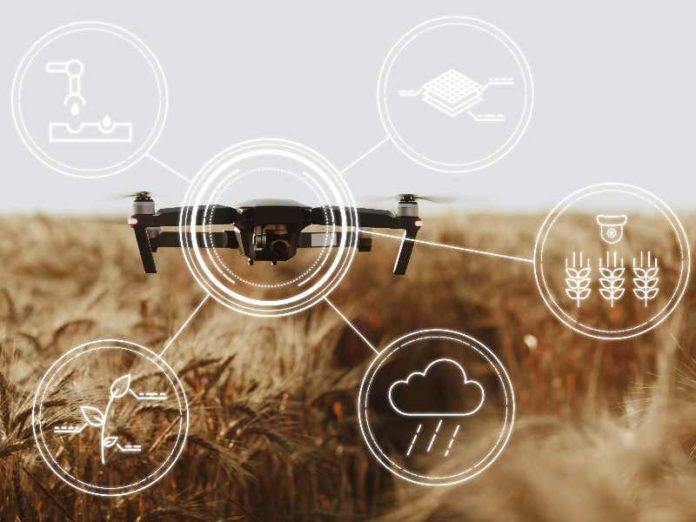
In the initial phase of the partnership, a Carbonix Volanti Un-Crewed Aerial Vehicle (UAV) was used to prove the Beyond Visual Line of Sight (BVLOS) capability using Nokia’s wireless solution, Nokia Digital Automation Cloud (DAC) for wireless network connectivity.
This paved the way for a continuation of the partnership in which Carbonix UAVs demonstrated LiDAR (Light Detection And Ranging) capabilities for maintenance and flood water monitoring at remote asset locations.
On the tech partnership, Carbonix CEO Philip van der Burg, said: “Carbonix long-range UAVs will enable asset owners and operators to carry out inspections on remote linear infrastructure by providing an extended flight range of over 500km on par with helicopters at significantly reduced cost and impact on communities and the environment.”
South Australia’s electricity distribution network covers an area of nearly 180,000 square kilometres, with 30% of customers living in regional and remote areas of the state.
Thus – according to Nokia – Carbonix UAVs with BVLOS capability will be critical in helping speed up the utility providers’ response times to outages affecting these customers as well as asset inspection cycles, fault finding, bushfire preparedness, maintenance work and line re-stringing while improving safety and efficiency for employees.
SA Power Networks has used specialised multi-rotor drones for some areas of maintenance including to help re-string power lines over an area of sensitive native vegetation but continues to rely on helicopters for overhead line inspections. Drones provide a clear alternative when helicopters would not be safe to operate or suitable.
The operational and environmental benefits of replacing helicopters with Carbonix drones could see up to 80% reduction in operating cost and up to 98% reduction in CO2 output compared with conventional manned aircraft.
Paul Roberts, head of corporate affairs for SA Power Networks said the business had been developing drone capability with 30 trained pilots across 30 depots already able to operate limited visual ‘line of site’ missions.
“Drones have proven themselves in a range of our operations. We believe the full value of drones to enhance the safety of our people and improve our efficiency will come with BVLOS capability,” Roberts said.
“This trial will help us demonstrate the value of BVLOS to aviation authorities in Australia, who currently do not approve beyond the horizon drone use.”
The successful integration of 4.9G/5G modems into Carbonix drones’ communications systems has resulted in greater redundancy, higher bandwidth, increased coverage and lower costs to obtain real-time data from drones engaged in long-range BVLOS operations.
Rob McCabe, head of enterprise for Australia and New Zealand at Nokia, added: “Together with our technology partners, SA Power Networks and Carbonix, we’re exploring the advanced use of long-range connected drones for inspection and maintenance of electricity distribution networks, which will bring safer, more efficient and more sustainable operations”.
“BVLOS certification is a prerequisite for long-range UAV missions, allowing for more effective critical data collection, which enables better and preventative measures to enhance the safety for all stakeholders”, said Mr. van der Burg.